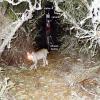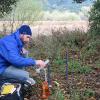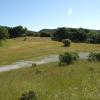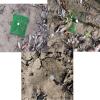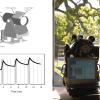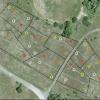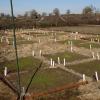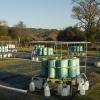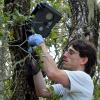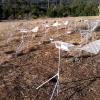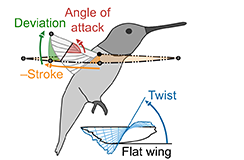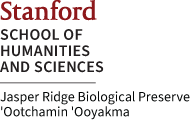Past
Past
The consequences of mammal activity are nearly ubiquitous at JRBP; they include distinctive browse lines on vegetation, animal trails and tracks, scat, dens, and carcasses.
Past
Construction of Searsville Dam in the 1890s created a biotically important lake in a watershed with a high sediment load. Siltation has now reduced the capacity of the lake by about 90 percent.
Past
This monitoring program tests whether electromagnetic anomalies precede earthquakes and may be useful for earthquake prediction.
Past
Searsville Reservoir and its upstream wetlands are dynamic environments with respect to sediment transport and deposition.
Past
The photosynthetic machinery that enables plants to convert sunlight to chemical energy has two means of dissipating light energy that exceeds a leaf's needs: fluorescence, which is the instantaneous re-emission of light of another wavelength, and heat.
Past
The Jasper Ridge Global Change Experiment (JRGCE) studies the response of California grassland to 4 environmental factors changing globally--warming, nitrogen deposition, elevated carbon dioxide, and increased precipitation--applied in a full-factorial design.
Past
The Bay checkerspot butterfly (Euphydryas editha bayensis) was federally listed as threatened in 1987 and deemed extinct at Jasper Ridge in 1998. Decades of intensive study by Prof.
Past
The Jasper Ridge Global Change Experiment (JRGCE) began an experiment located near its main field plots to test a new hypothesis concerning responses of ecosystems to environmental change.
Past
Remotely triggered cameras (camera-traps) have long been used by wildlife biologists to gain insight into wildlife ecology. From establishing species presence/absence to studying feeding ecology, camera traps are a powerful field-biology tool.
Past
The Remote Winds art installation translates wind into light. This project connects visitors to the new McMurtry Building on the Stanford campus with the daily rhythm of air currents flowing off the Pacific, over the northern reaches of the Santa Cruz Mountains and San Francisco Bay.


